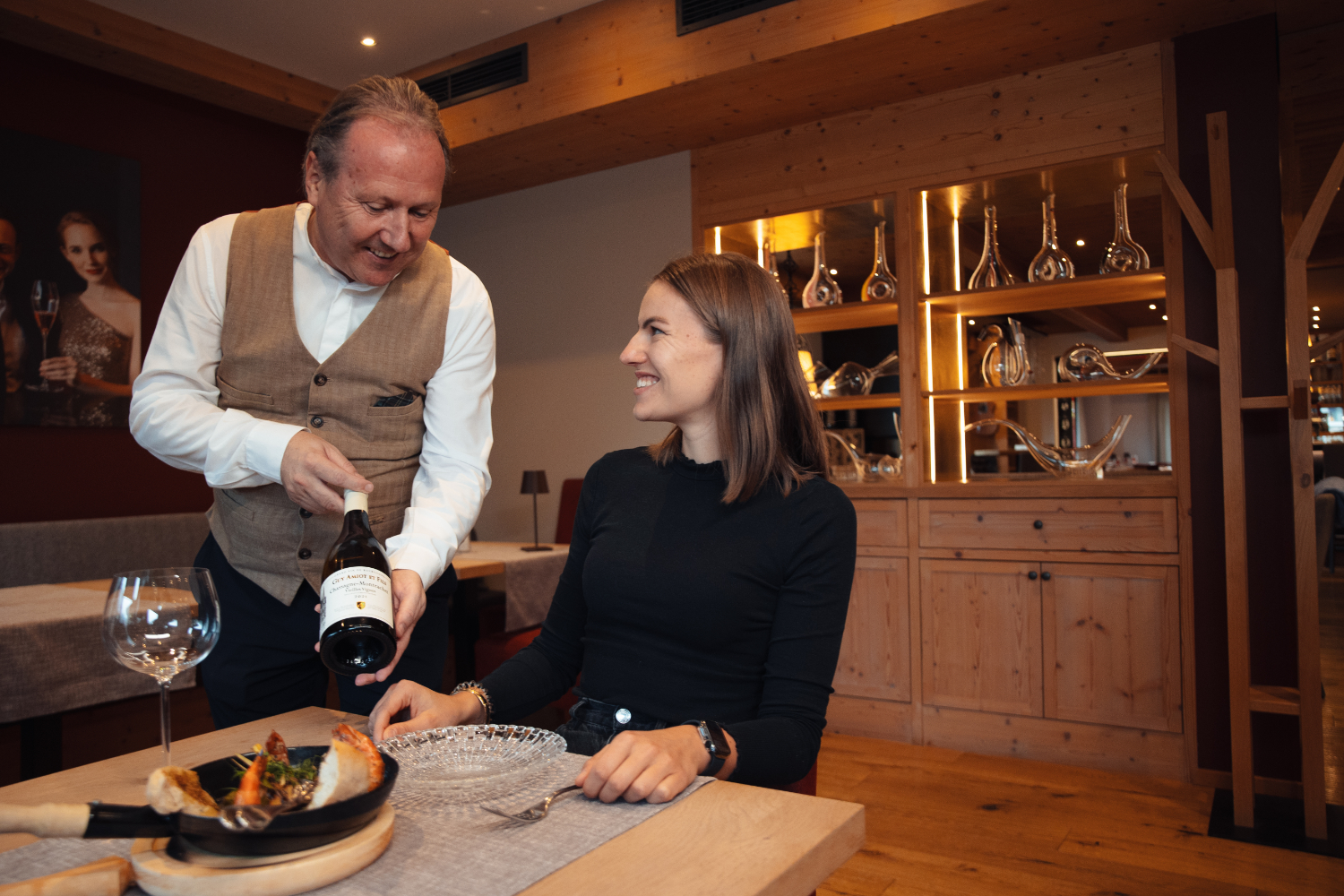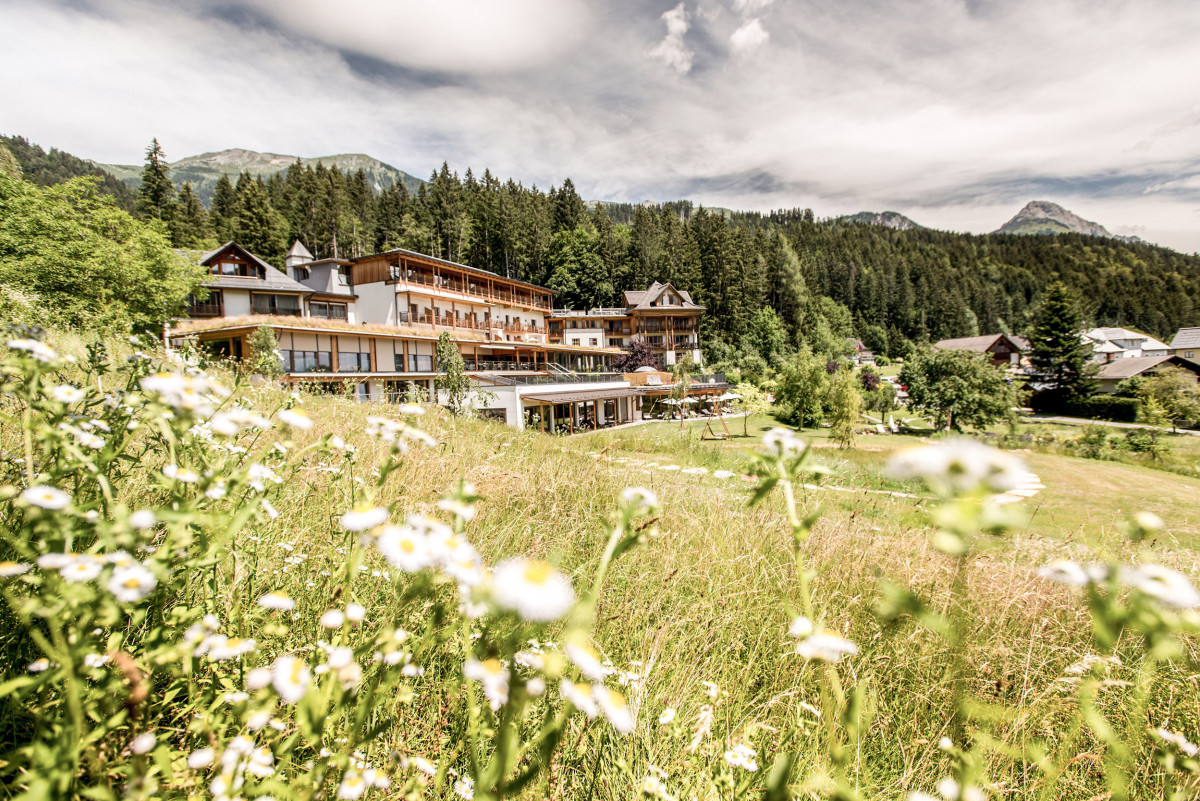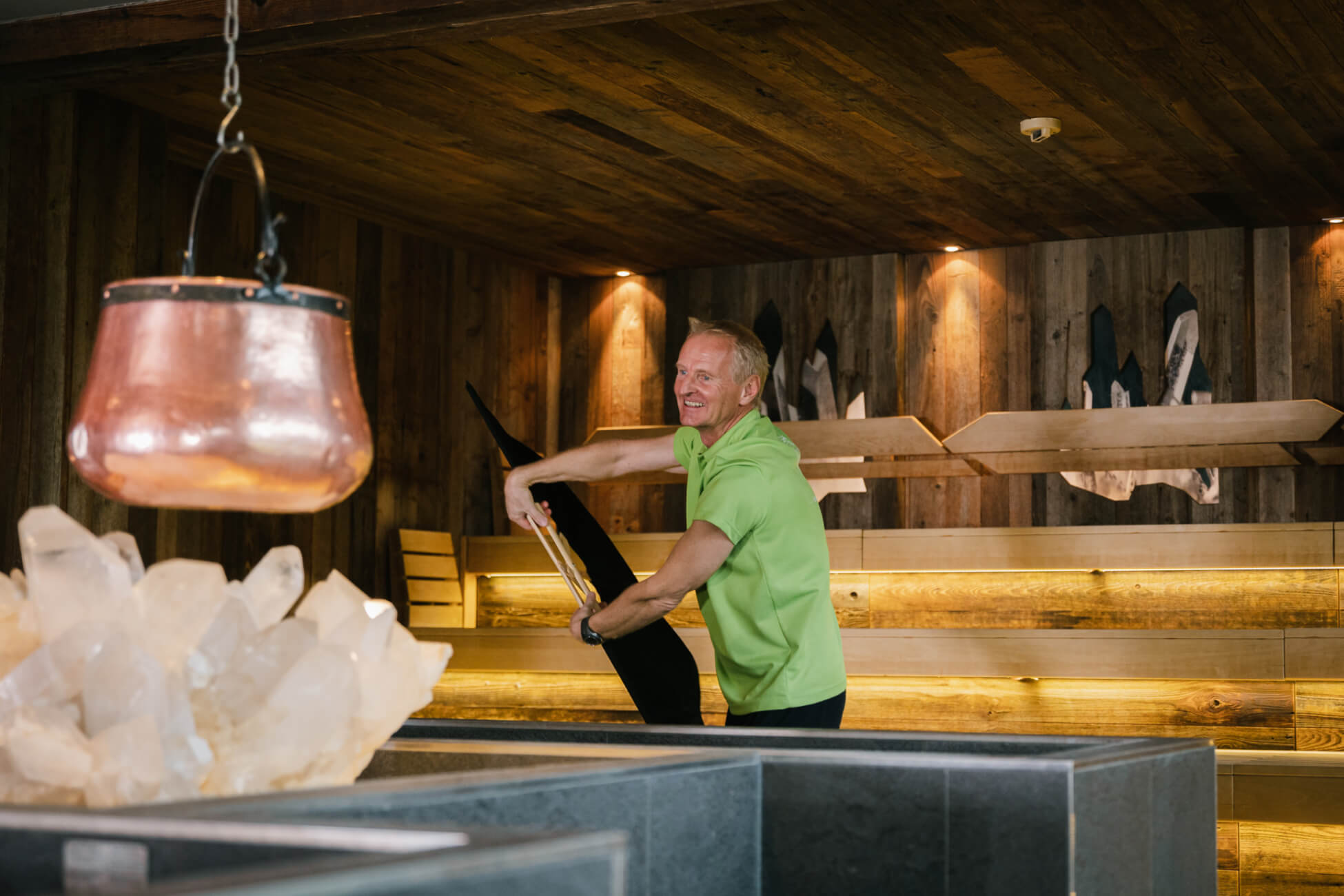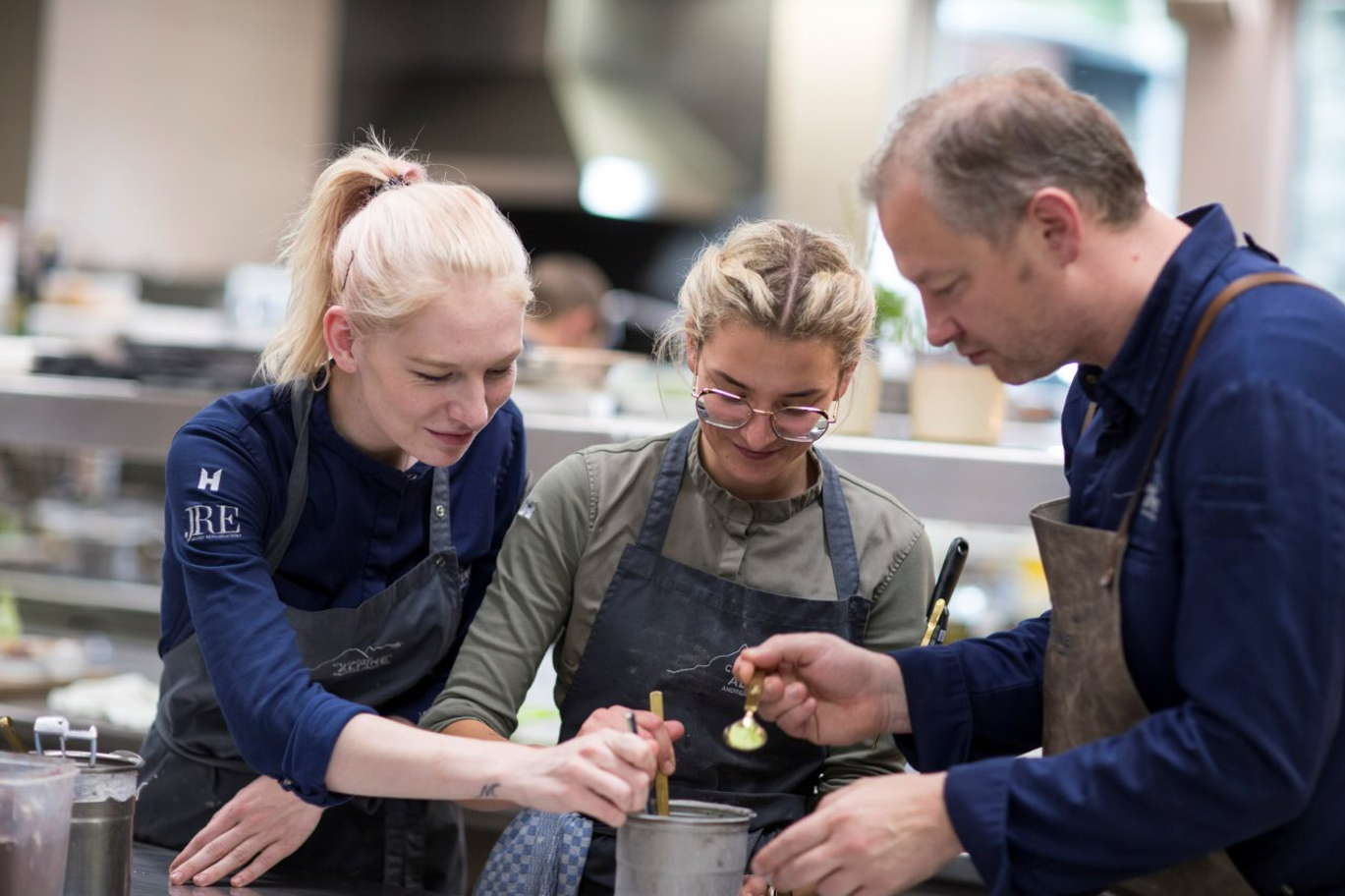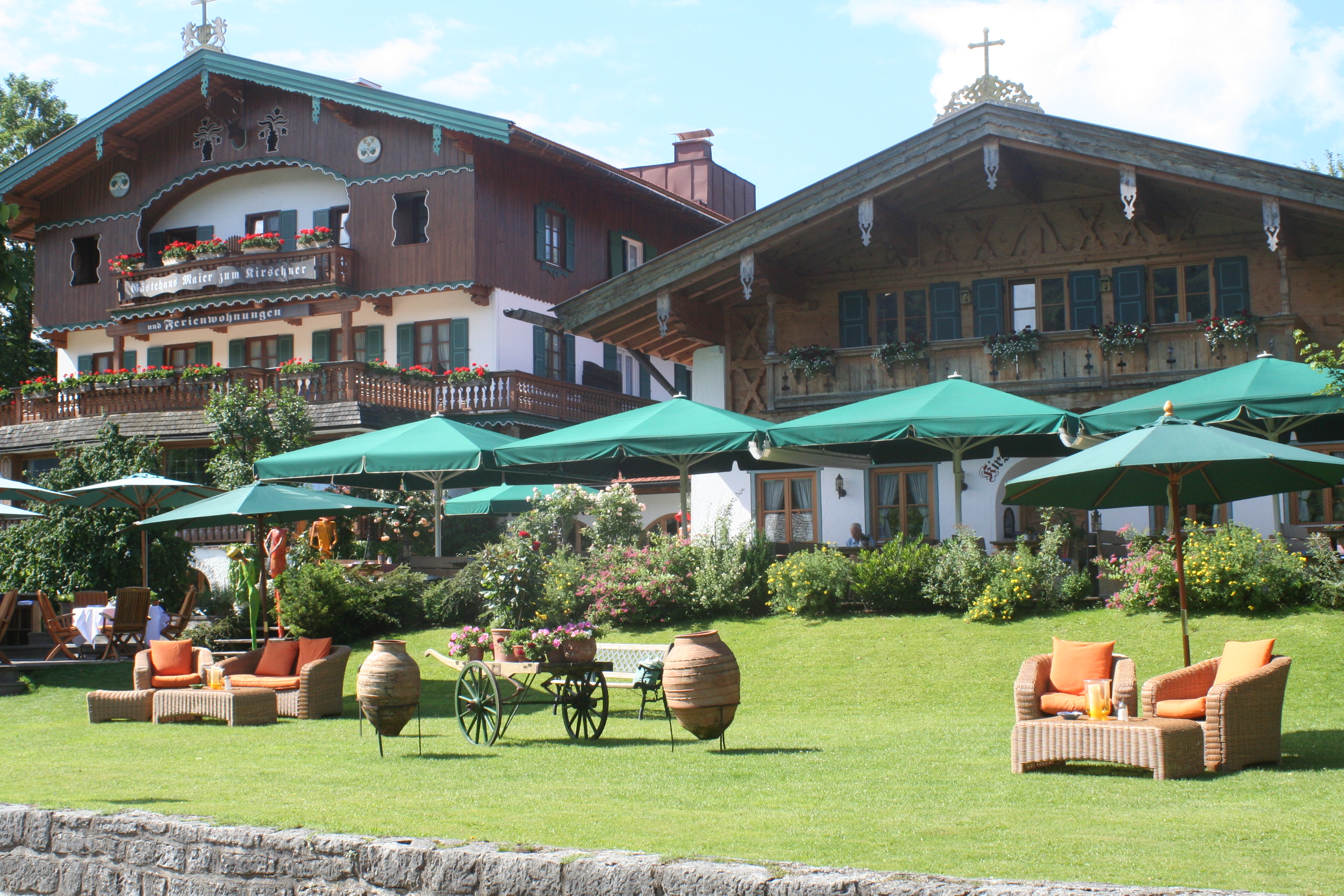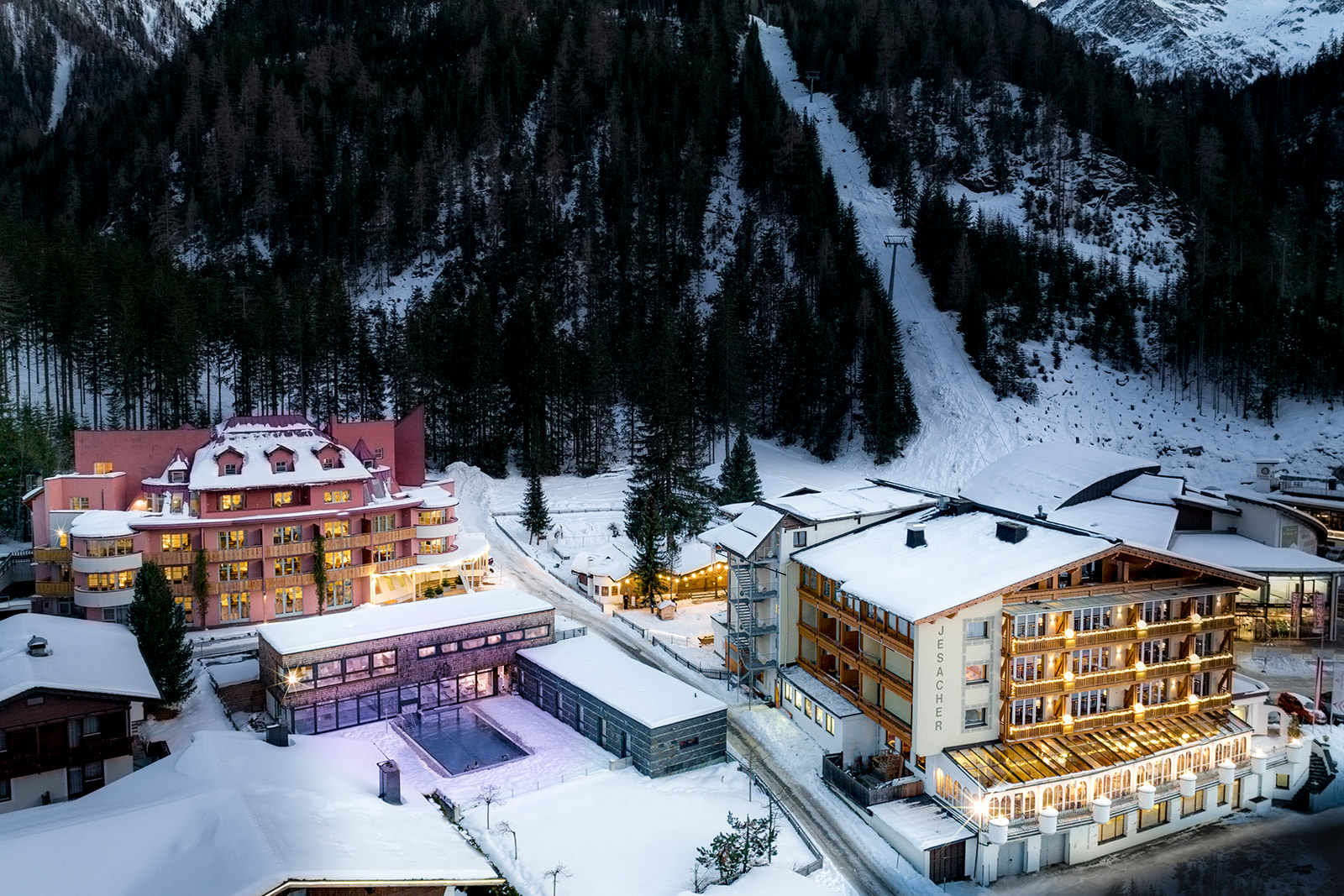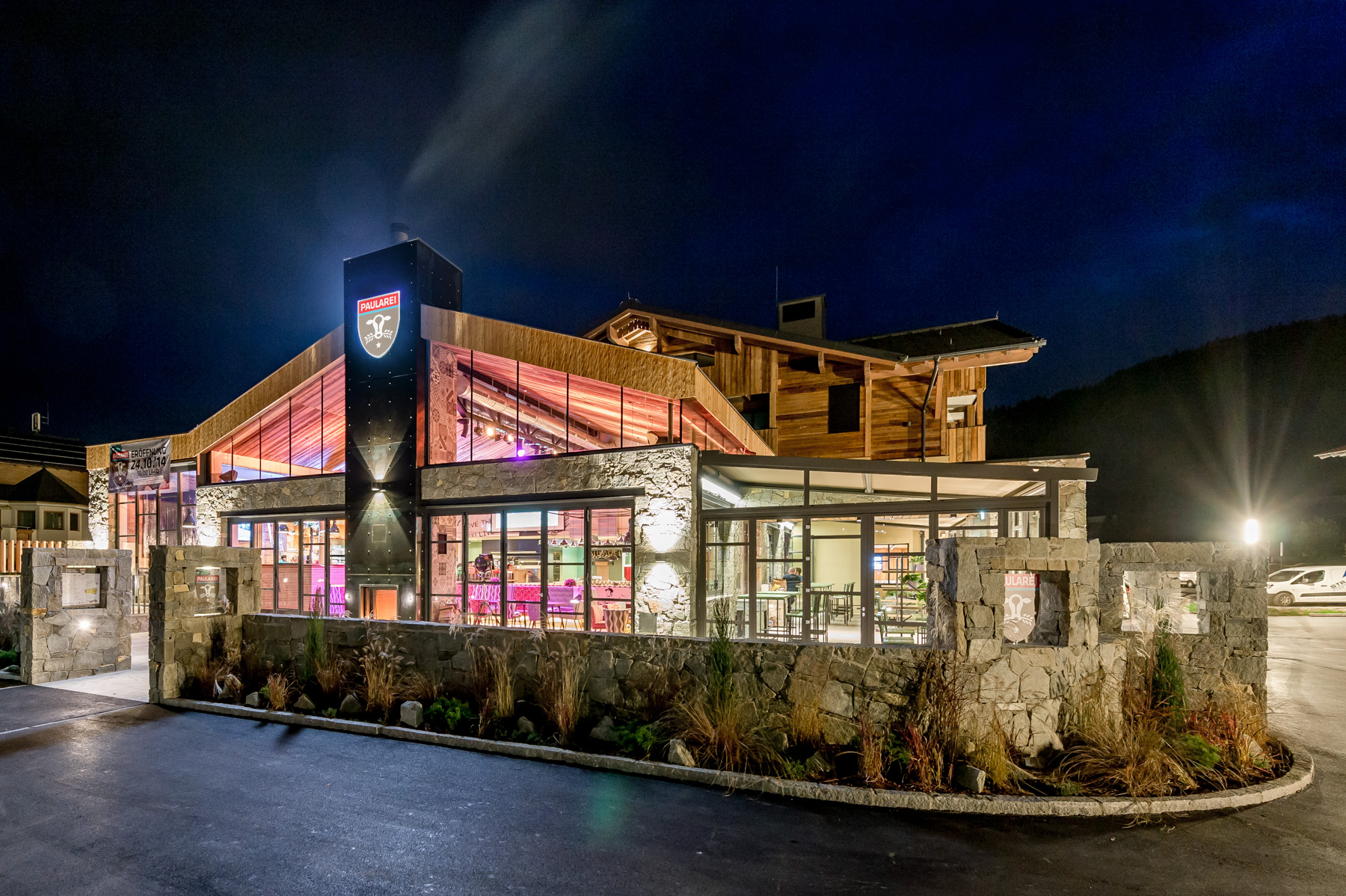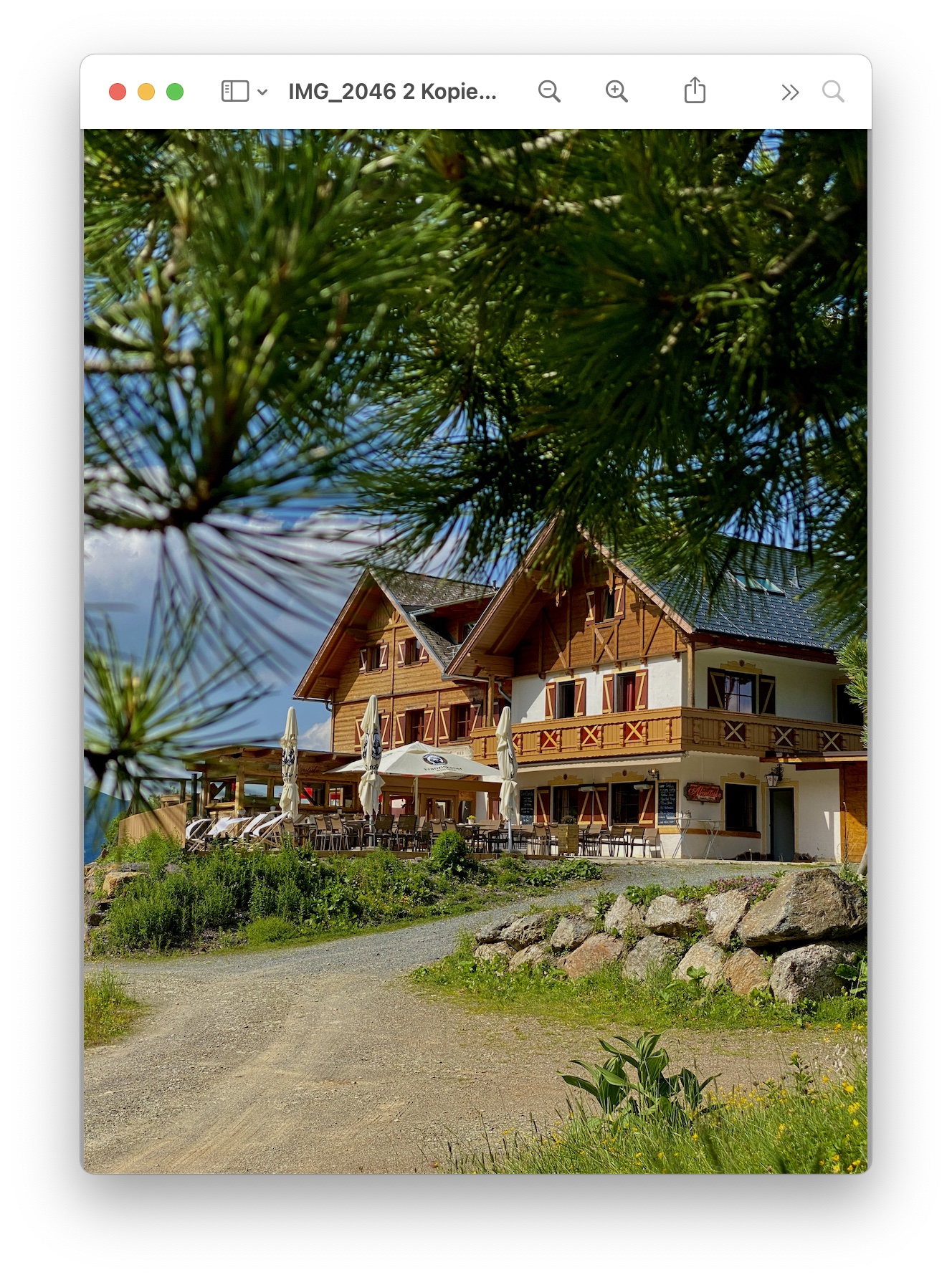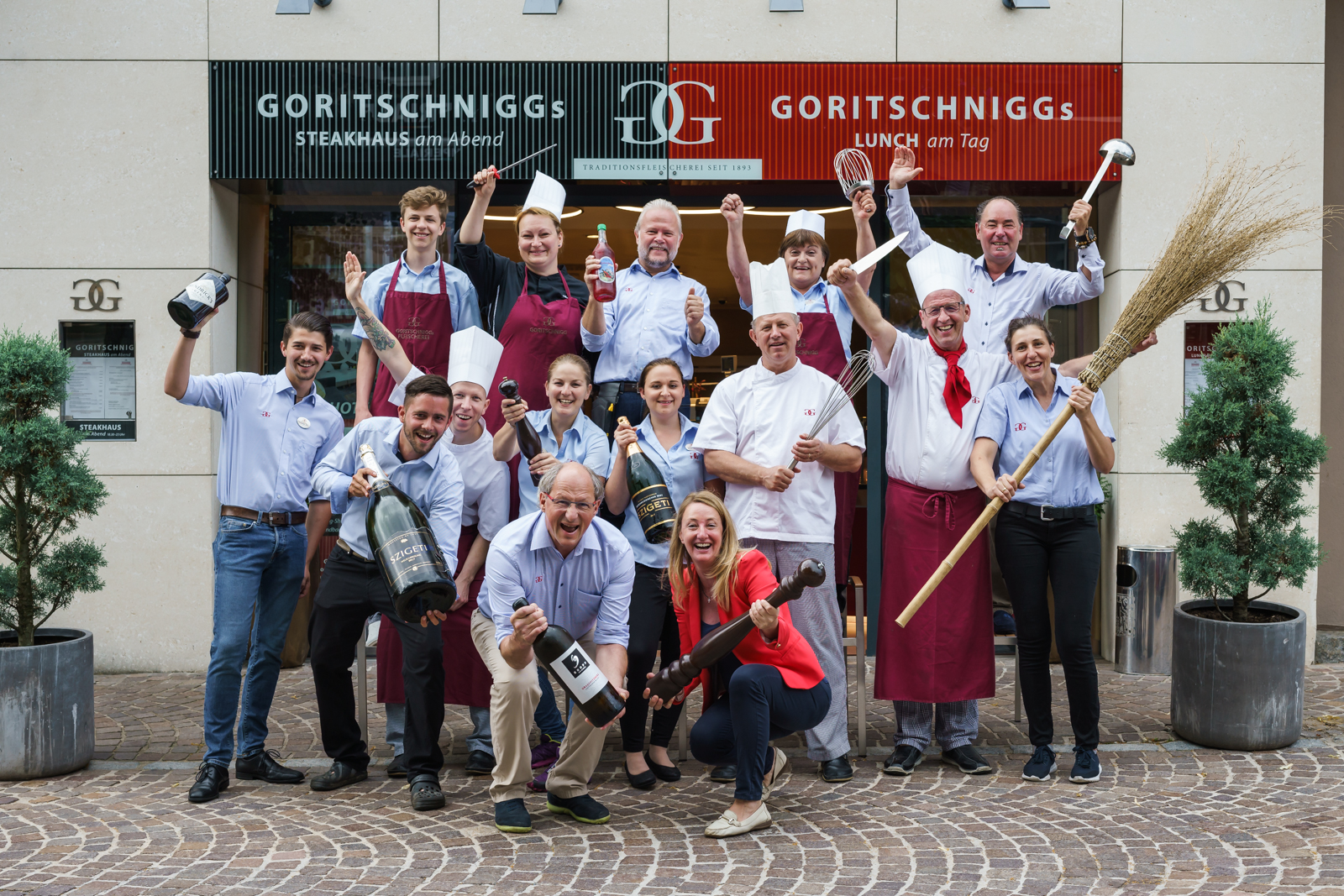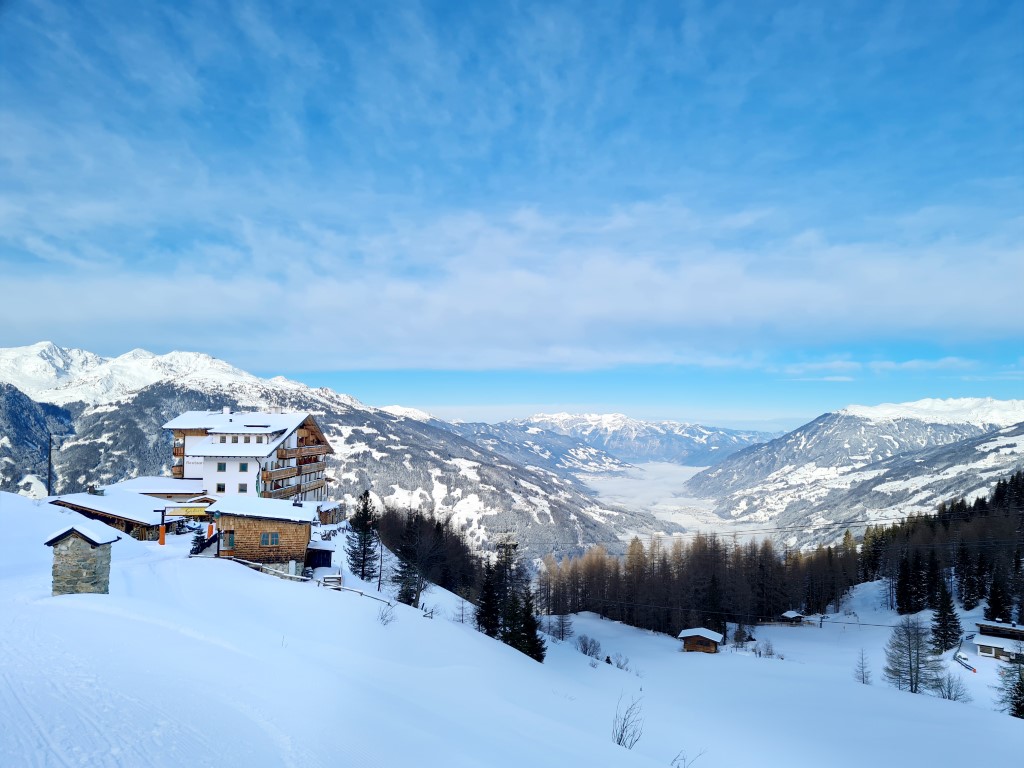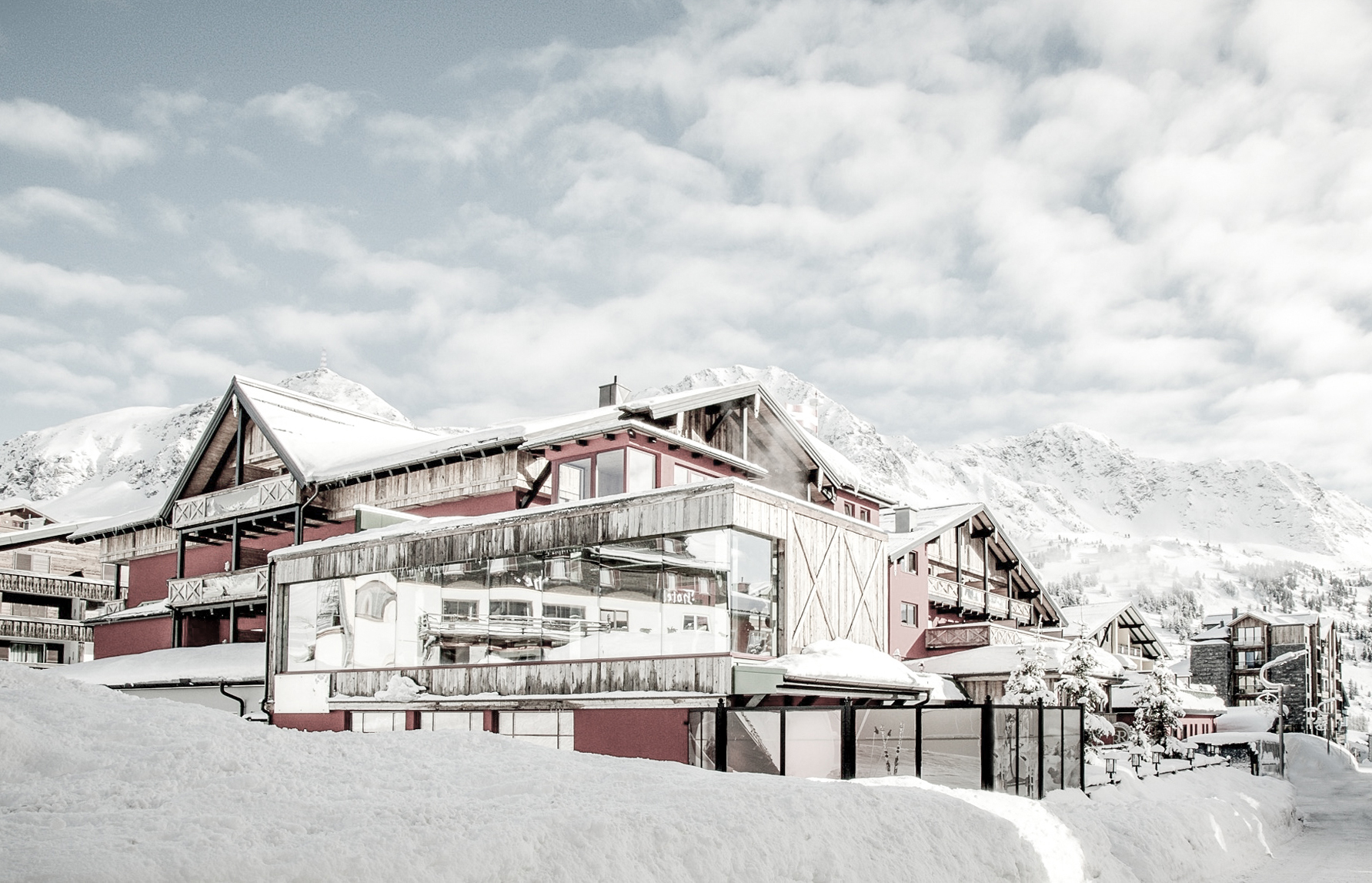
Introduced: The spice sommelier
Immerse yourself in a colorful world of flavors
Curry, cardamom, paprika powder, cumin: the list could go on and on - because the realm of spices is diverse and wide-ranging. The best thing about spices? They give every dish an individual touch and the necessary zest in terms of flavor.
Whether in desserts or meat dishes: A pinch of cinnamon or crushed bay leaves can add the famous icing on the cake to a culinary delight.
Chefs and Michelin-starred restaurateurs clearly have a so-called sixth sense when it comes to mixing the right amount of the right spice into their dishes. A layman will find this a little more difficult. Which spice goes with which food? How much can I use? Which spices don't harmonize at all? Questions upon questions.
The HOGASTJOB team has found out for you how you too can become a spice guru. Because if there is a wine, beer and coffee sommelier, then there must also be a training course to become a spice connoisseur. Bingo! There is, and it's all the rage in the gastronomy insider scene.
Become a specialist in the gastronomy scene
Whether you are a chef, butcher, restaurant specialist or baker: everyone can benefit from further training to become a spice sommelier. In addition, a broad range of knowledge in the field of spices also promotes customer satisfaction. And that is immensely important in the fast-paced restaurant scene. After all, the competition never sleeps and the product range on the spice shelf is becoming ever larger and more diverse.
In addition to the history, origin, growing regions and cultivation of spices, you will also learn about their production and extraction (in the "product knowledge" section). The usual forms of trade as well as the shelf life and correct storage of the colorful mixtures are also of great importance.
But what use is all the knowledge about the historical development of spices to a budding spice sommelier if they know nothing about the individual aromas and the variety of flavors? This is why sensory skills and recognizing the five flavours (sour, bitter, sweet, hot and salty) are an important part of the training.
Did you know that spice product development never stands still? In addition to powders and blends, spice oils and salts are on the rise!
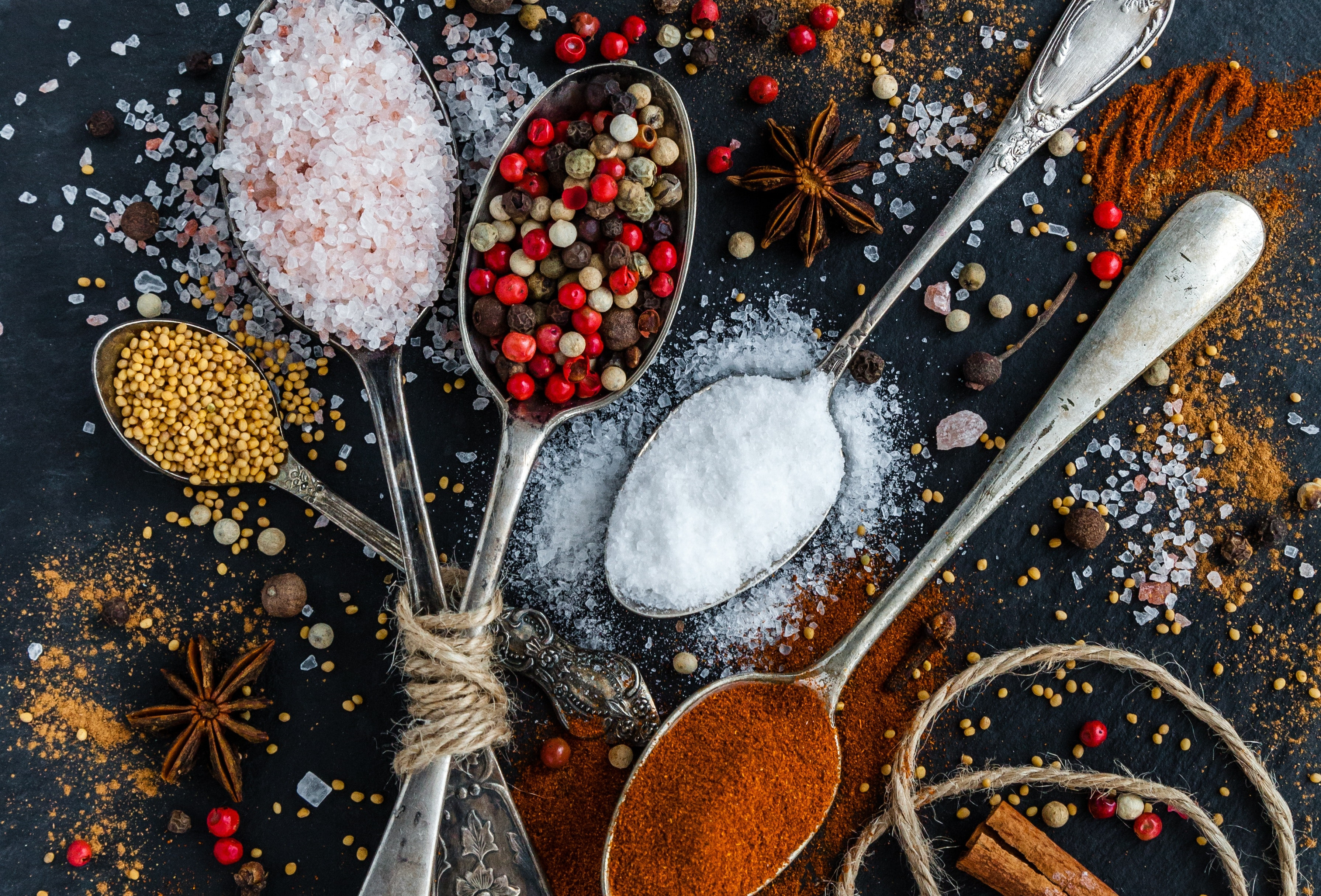
The training
Over a period of around five months, all spice lovers meet once a month for two days to get to know the world of colorful flavors together. In addition to the theoretical part, the budding professionals learn perfect food pairing from various instructors.
But that's not all! Every future spice sommelier should also master the bold combination of different spice components.
Last but not least, there is the writing of a technical paper on the program. It's best to find a topic that really interests you, then the pages will almost write themselves.
The test
The final examination is divided into two parts: You will take a written and an oral examination to successfully graduate as a certified spice sommelier. In addition to testing the theory and a broad knowledge of the flavors of spices, there is also an interview about the written thesis.
Once the examination has been successfully completed, participants can look forward to receiving a diploma and the title "Certified Spice Sommelier".
Are you wondering what added value your boss can gain from your additional training? You are now the spice guru and can explain to guests why wine XY goes well with certain spices. This way, guests can not only feast, but also learn from you at the same time!
Have you been bitten by the training bug? Then broaden your horizons, add a new training course to your CV, for example in the service sector, and increase your market value!


